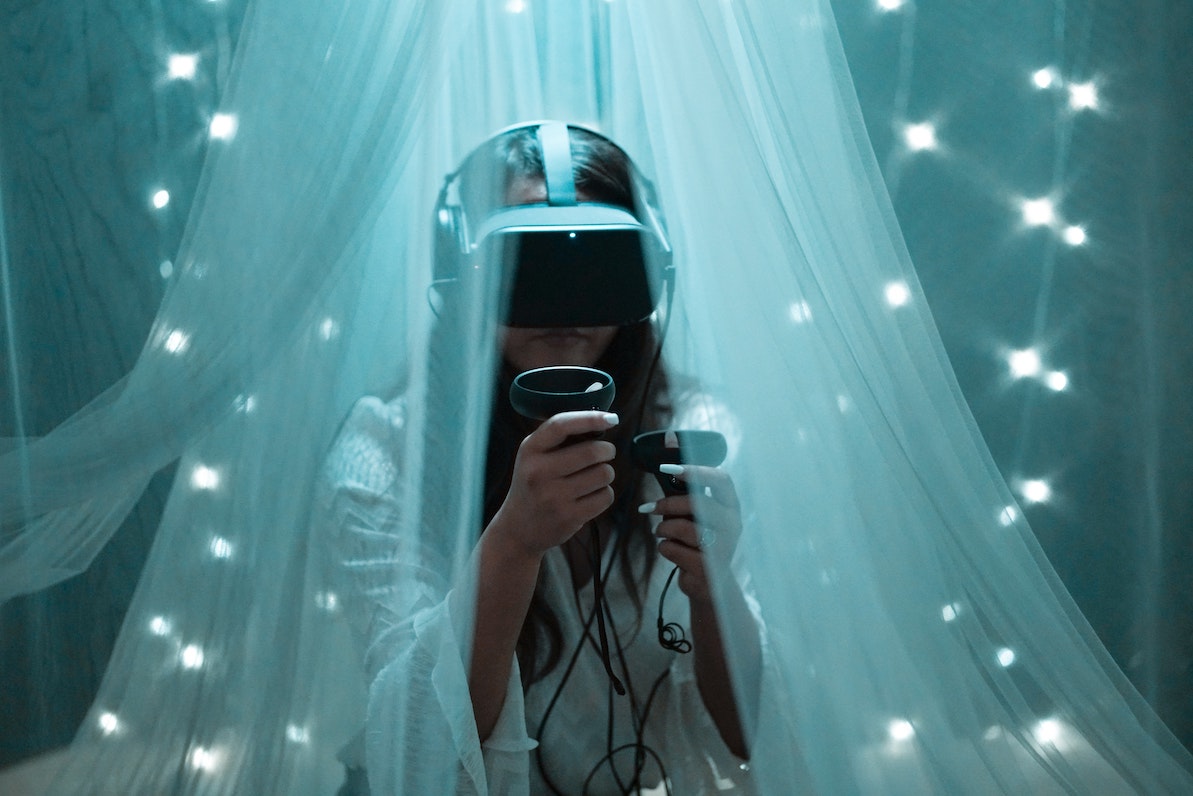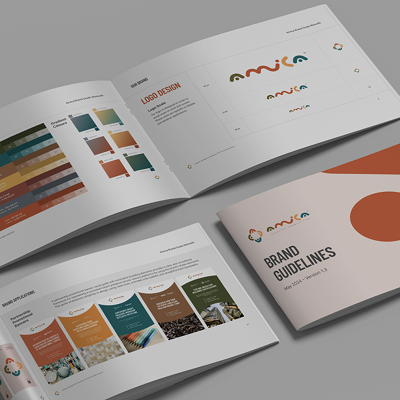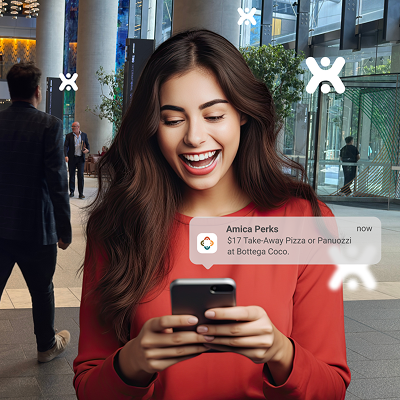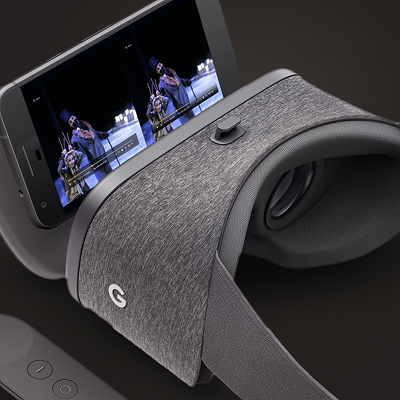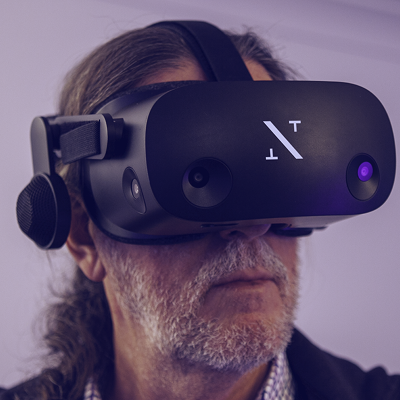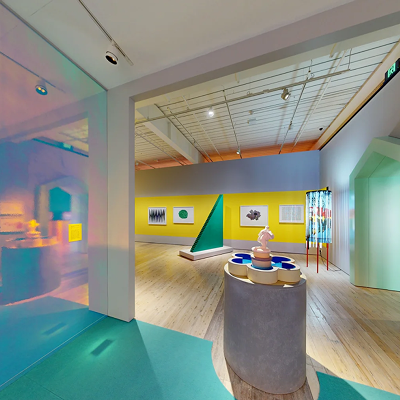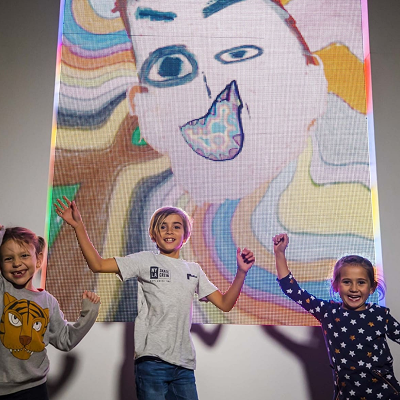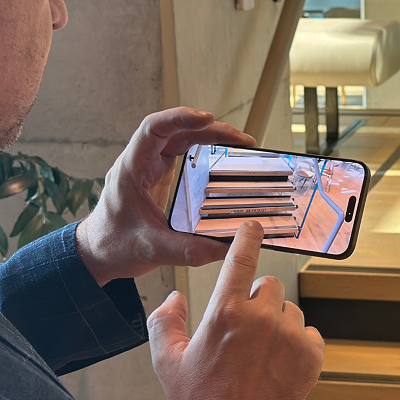Virtual reality popularity is increasing these days. It’s not only used in the game industry but also in other industries such as health care, retail, real estate, tourism, etc. One of the examples in retail is the possibility of trying out clothes in the virtual world to see how the clothes fit in our size and body without actually trying them on. This is really useful for online shopping.
In tourism, we could experience the holiday before booking it, some hotels also give users the option to explore the room or the area using VR. For real estate, we could explore the house before deciding to see it directly.
To experience the virtual world, a user needs to wear a VR headset, such as Oculus, Google Daydream, Samsung Gear then a user could interact with the 3D simulated world. As the VR application grows, the way of testing is also changed. User is no longer sitting and looking at the app or website, but in VR user could actively interact with the app, involves movement and also with a device attached to their head.
Aside from the functionality, we also need to ensure the user’s comfort, as using VR could strain the user’s body such as eye strain, discomfort, and motion sickness. So testing also needs to evolve and consider the user behaviour and physical experience.
There are lots of testing types that could be used to help to test VR application, such as unit testing, functional testing, performance testing, accessibility testing, internal testing and user testing. In this post, we will focus on user testing as it’s the best way to monitor the experience of the app and to get feedback on user experience.
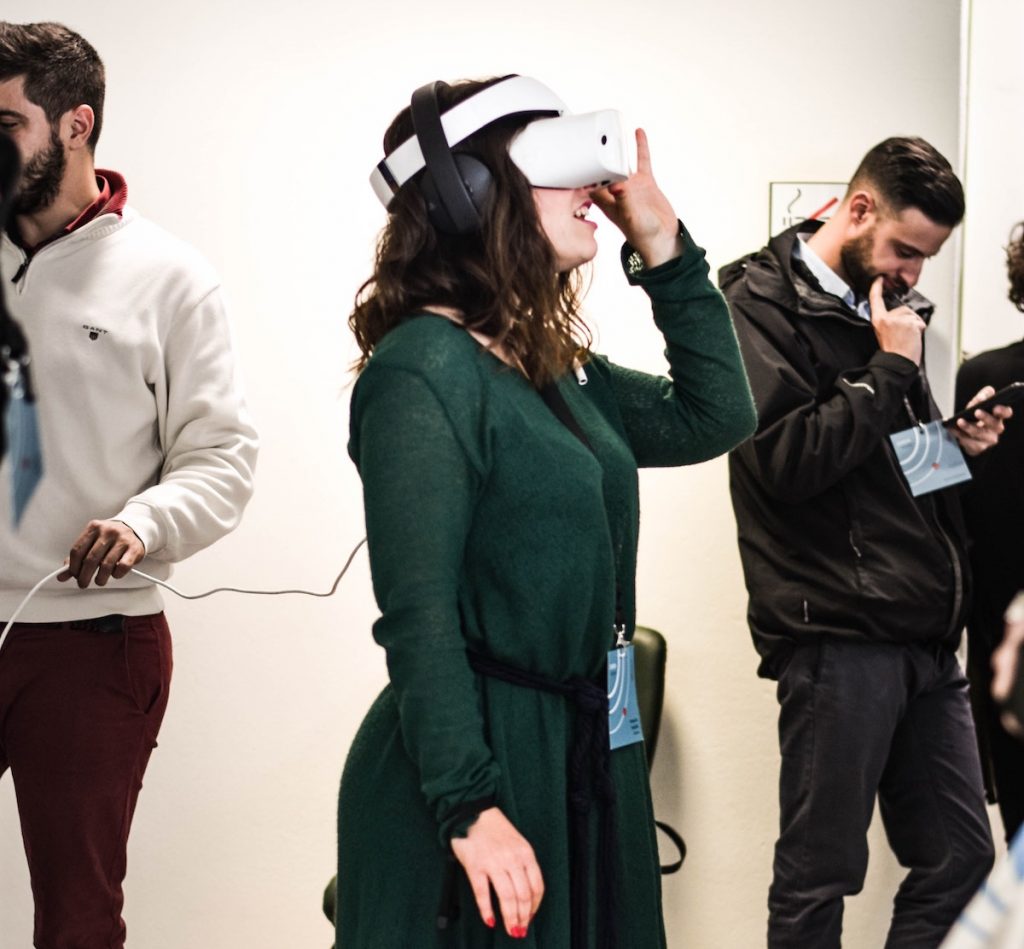
Steps for User Testing
- Prepare the test plan, this will be the same as the test plan for the usual mobile app or website. It will include the schedule, time, test case that define a series of steps or interaction that need to be taken and the expected, etc.
- Recruit the participant, the participant needs to be the potential user of the app and will also need to include the non-experienced VR user and also the experienced VR user.
- Limit the time to 20 until 30 minutes to avoid discomfort and health issue.
- Set up the play area. This is what differentiates with traditional 2D testing, a user will need an area to interact when testing the VR application. Test with a different dimension of the play area, to find out the best dimension needed. Ensure that the space is safe for the user to move around.
- Test all interaction model, let the user do exploration and try the interaction model that they want.
- Test with a different device, as the different device has different camera and interaction.
- Write all the feedback for the interaction that the user does or have a survey that the user could fill out.
- Monitor any user’s physical symptom to find any health issue
- After the test, organise all feedback and evaluate the sessions

